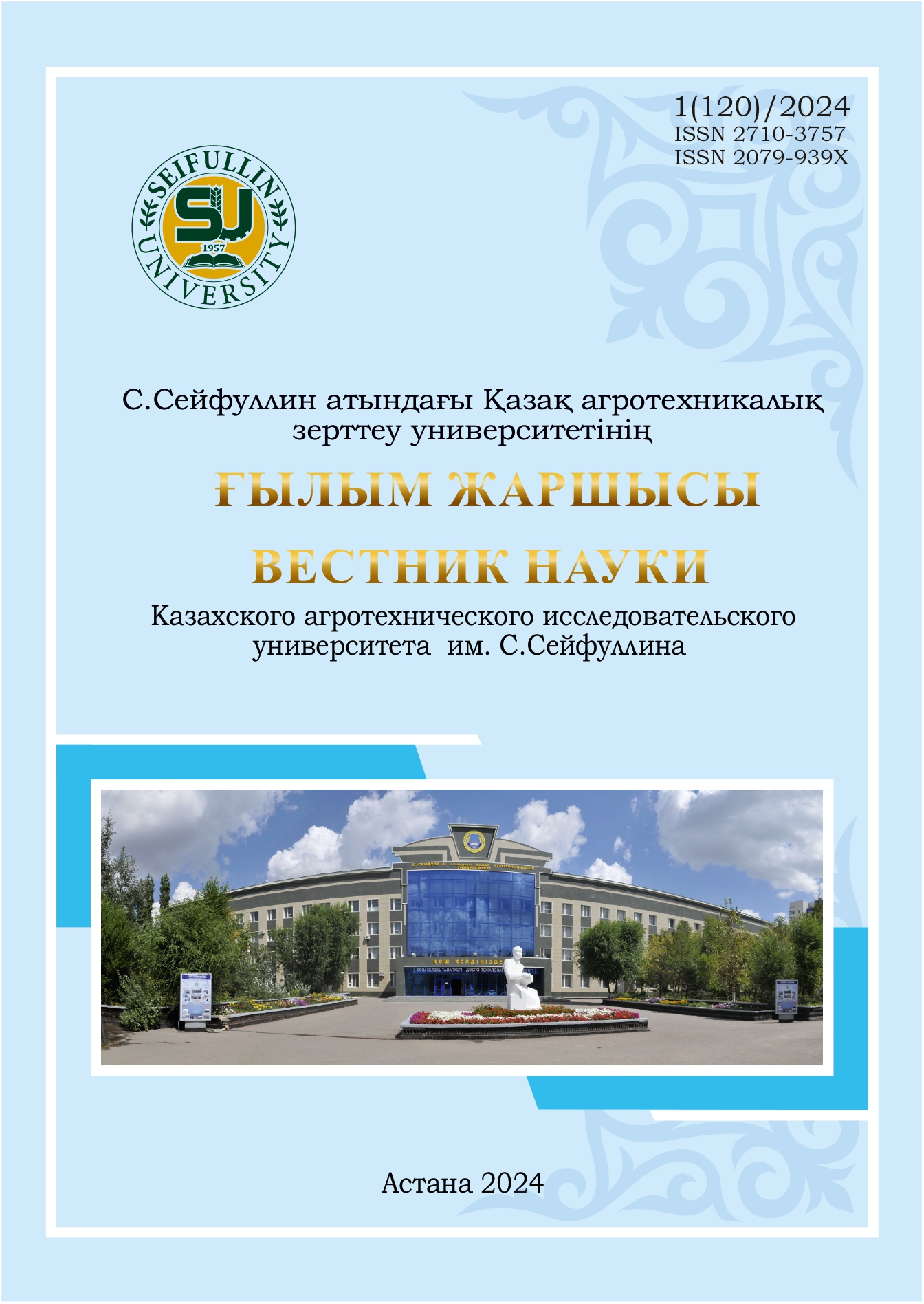JUSTIFICATION OF THE HAZARD LEVEL OF THE SOIL SALINIZATION PROCESS THROUGH THE ECOLOGICAL COEFFICIENT
DOI:
https://doi.org/10.51452/kazatu.2024.1(120).1603Keywords:
gray-earth meadow soils; evaporation; filtration coefficient; degree of salinity; washing standards; environmental coefficient.Abstract
In the process of determining the amount of leaching of gray-Meadow saline soils by the optimal method of salt leaching, scientifically substantiated by evidence-based indicators, the presence of coefficients that determine the level of environmental hazard of the studied soil indicates the relevance of the work. In the course of the study, studies were carried out related to the identification of changes in the chemical composition of gray-Meadow soils with varying degrees of salinity. Here, on the basis of monolithic-field and laboratory studies, the determination of aqueous-physical and chemical indicators of salinized soils and the use of physical and mathematical modeling of the data obtained, the effective safe level of the amount of water for flushing salts in salinized soils was determined using environmental coefficients. The determination of these environmental factors took into account the water physical properties of soils in the arable land, mechanical composition, water permeability, water flow in the tension collector system.

